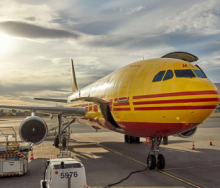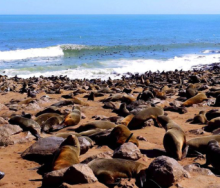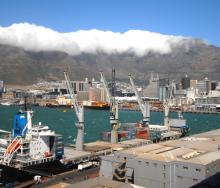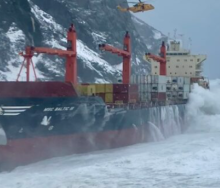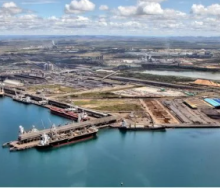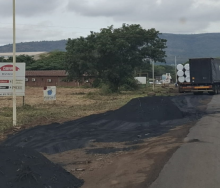Excitement is mounting over the arrival of the first Aurora Class pure car and truck carrier (PCTC) by Höegh Autoliners in early August, most likely on Monday the 5th.
Tipped as the “largest and most environmentally friendly roll-on roll-off (roro) car carrier in the industry”, the Norwegian innovator’s Aurora vessels will be the first in the PCTC segment of the industry to receive ammonia and methanol-ready notations by classification society, Det Norske Veritas (DNV).
Höegh states that the first vessel, one of 12 Aurora’s on the their order book, represents a major shift in the carrier’s go-green ambitions.
It is widely anticipated that the Aurora roros will set the course for discourse about ocean freight decarbonisation, as it is the most environmentally-friendly PCTC ever built.
Höegh says: “Our Aurora Class may be our most significant innovation yet. One that will transform deep-sea shipping and the transportation of cars, breakbulk and heavy machinery across oceans.
“With these vessels, we challenge sceptics by demonstrating the feasibility of transitioning from conventional fuel to sustainable alternatives, reshaping the narrative of deep-sea shipping within only a few years.”
The Aurora vessels are the first in the PCTC segment to receive DNV’s ammonia-ready and methanol-ready notations.
“The Auroras will also be the first to be ready to operate zero-carbon ammonia propulsion with the main engine delivered by MAN and the bridge system supplied by Kongsberg Maritime.
“Through partnerships with world-leading ammonia distributors, we are driving the industry towards a net zero future and creating demand for sustainable fuels to accelerate transition,” Höegh says.
In January it was reported by ScienceDaily that the arrival of the first Aurora coincides with an Oxford study that has found that “green ammonia could be used to fulfill the fuel demands of over 60% of global shipping by targeting just the top 10 regional fuel ports.”reports.
“Researchers looked at the production costs of ammonia which are similar to very low sulphur fuels, and concluded that the fuel could be a viable option to help decarbonise international shipping by 2050,” the publication writes.
According to the study, Environmental Research: Infrastructure and Sustainability, about $2 trillion will be needed to transition to a green ammonia fuel supply chain by 2050, primarily to finance supply infrastructure.



